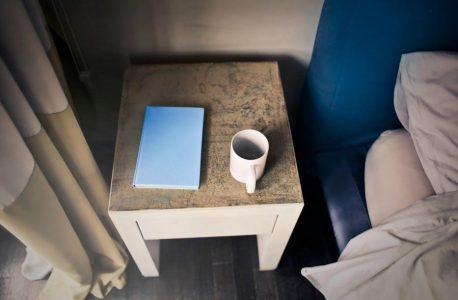Choosing the right table linen size ensures a perfect fit and enhances any setting. This guide helps measure tables, calculate drops, and select ideal materials.
Understanding the Importance of Proper Sizing
Proper sizing of table linens ensures a polished and functional setup for any occasion. A well-fitted tablecloth enhances the aesthetic appeal of a table, creating a cohesive and professional look. Incorrect sizing can lead to an unattractive appearance, with fabric either too tight or overly bulky. Additionally, proper sizing ensures functionality, preventing tablecloths from dragging on the floor or leaving parts of the table exposed. It also helps maintain the durability of the linen by avoiding excessive strain or wrinkles. Understanding the importance of proper sizing is key to achieving both style and practicality for events of all kinds.
Overview of Table Linen Types
Table linens come in various types to suit different needs and preferences. Round tablecloths are ideal for formal events, while square ones offer a modern aesthetic. Rectangular linens provide versatility for long tables. Napkins and runners add complementary touches, enhancing the overall presentation. Each type is designed to fit specific table shapes and sizes, ensuring a seamless look. Understanding the options helps in selecting the most appropriate linens for any setting, whether casual or formal. This variety ensures that every table setup can be tailored to create the desired atmosphere and functionality.
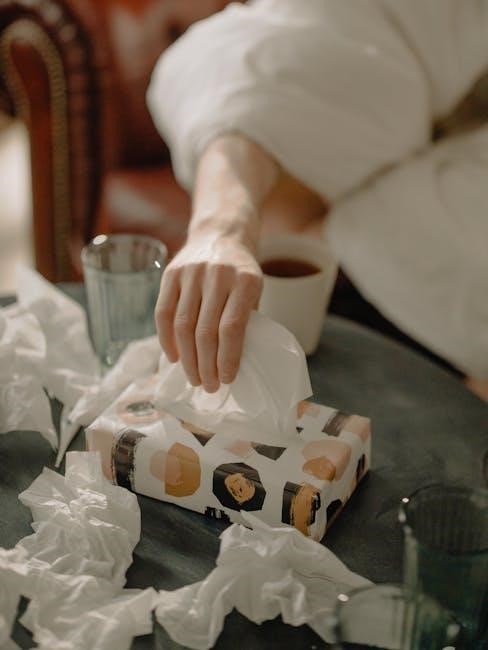
Standard Table Linen Sizes
Standard table linen sizes vary by table shape and event type. Round, square, and rectangular tables have specific measurements to ensure a proper fit and aesthetic appeal.
Round Table Sizes
Accurate measurement is key for round tables. Measure the diameter, then add twice the desired drop to ensure the cloth drapes evenly. Standard round tablecloths range from 90 to 120 inches in diameter, accommodating tables of 36 to 60 inches. For formal events, a longer drop creates a luxurious look, while shorter drops suit casual gatherings. Ensure the cloth fits snugly without excess fabric pooling on the floor. Proper sizing enhances both functionality and aesthetics, making your event setup seamless and visually appealing.
Square Table Sizes
For square tables, measure the length of one side to determine the tablecloth size. Standard square tablecloths range from 90 to 120 inches, fitting tables from 36 to 60 inches per side. To ensure a proper fit, add twice the desired drop to the table’s dimensions. For example, a 36-inch table with a 15-inch drop requires a 66-inch cloth. Formal events often use longer drops for a dramatic effect, while casual settings may opt for shorter drops. Proper sizing ensures the cloth hangs evenly, avoiding excessive pooling. Measure carefully to achieve a seamless and polished look for any occasion.
Rectangular Table Sizes
Rectangular tables require measuring both length and width to determine the ideal tablecloth size. Standard rectangular tablecloths range from 90×132 inches for 8-foot tables to 90×156 inches for 9-foot tables; Measure the table’s length and width, then add twice the desired drop to each dimension. For example, a 96-inch-long table with a 30-inch drop needs a 156-inch-long cloth. Formal events often use longer drops for elegance, while casual settings may prefer shorter drops. Ensure the cloth hangs evenly on all sides for a polished appearance. Proper sizing prevents excessive pooling and ensures a clean, tailored fit for any occasion.

How to Measure Your Table
Measure your table’s length and width for rectangular tables or diameter for round ones. Add twice the desired drop to each dimension for the perfect fit. Ensure even drape.
Measuring Round Tables
Measuring round tables involves determining the diameter to ensure the perfect tablecloth fit. Start by measuring across the center from one edge to the other. Record this diameter in inches; For the desired drop, add twice the drop length to the diameter to calculate the total tablecloth size. For example, a 60-inch diameter table with a 10-inch drop requires a 60 + (10×2) = 80-inch tablecloth. Use a flexible measuring tape for accuracy and ensure the table is clear of obstructions. This method guarantees a flawless, even drape around the table. Always double-check measurements for precision.
Measuring Square Tables
Measuring square tables involves determining the length of one side to calculate the tablecloth size. Start by measuring the distance between two opposite edges to find the table’s length in inches. Since all sides of a square table are equal, one measurement suffices. Add twice the desired drop to this length to determine the total tablecloth size. For example, a 48-inch square table with a 10-inch drop requires a 48 + (10×2) = 68-inch tablecloth. Use a sturdy measuring tape and ensure the table is clear of objects for accurate results. This ensures the tablecloth drapes evenly on all sides.
Measuring Rectangular Tables
Measuring rectangular tables requires determining both the length and width. Use a measuring tape to find the distance between the two longest sides (length) and the two shortest sides (width) in inches. Add twice the desired drop to both dimensions to calculate the tablecloth size. For example, a table measuring 72 inches in length and 36 inches in width with a 12-inch drop would require a tablecloth sized 72 + (12×2) = 96 inches in length and 36 + (12×2) = 60 inches in width. Ensure the table is clear of objects for precise measurements, and use a sturdy tape measure to avoid inaccuracies. This method guarantees a well-fitted tablecloth that drapes evenly on all sides.
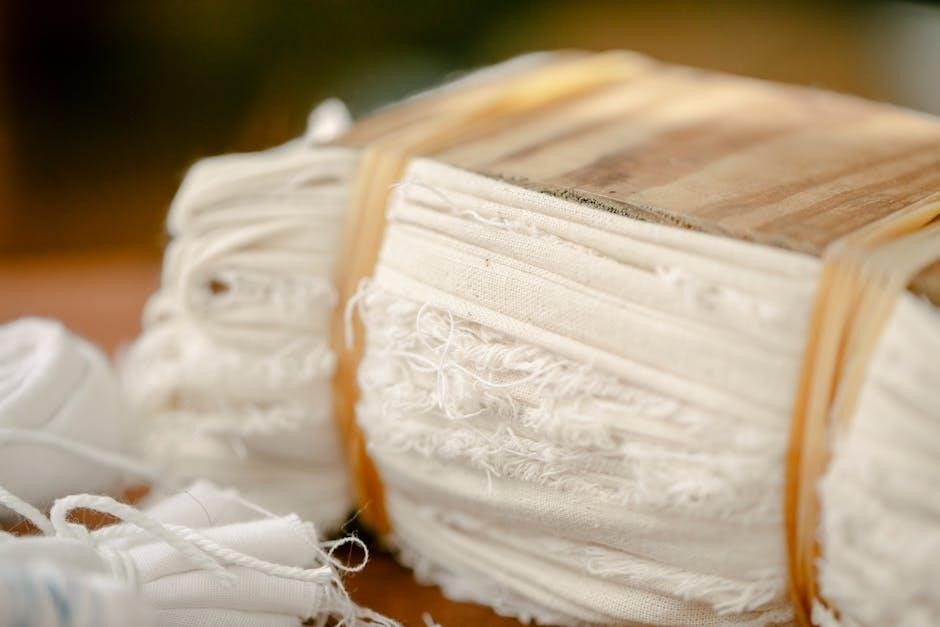
Calculating the Tablecloth Drop
The tablecloth drop is the fabric length hanging below the table. Measure the table’s length and width, then add twice the desired drop to each dimension.
What is a Tablecloth Drop?
A tablecloth drop refers to the length of fabric that hangs below the edge of the table. It enhances aesthetics and ensures the tablecloth fits neatly. The drop length varies based on the table’s height and the desired visual effect. For formal events, a longer drop is often preferred, while casual gatherings may opt for a shorter one. Proper measurement is crucial to avoid excessive fabric or a too-tight fit. The drop is calculated by adding twice the desired hanging length to the table’s dimensions, ensuring a balanced and polished appearance for any setting.
How to Calculate Drop Length
To calculate the drop length, measure the table’s width and length, then add twice the desired drop on all sides. For example, a 6-inch drop on a 72″ round table adds 12 inches to the diameter, making the cloth 84 inches. Standard drops range from 6-8 inches for casual settings to 10-15 inches for formal events. Ensure accurate measurements to achieve the perfect fit and aesthetic appeal. This method applies to all table shapes, guaranteeing a seamless and elegant presentation for any occasion.
Factors Influencing Table Linen Size
Table linen size is influenced by table shape, event type, desired drop, and fabric material. These factors ensure the perfect fit and aesthetic for any setting or occasion.
Different Occasions and Events
Different occasions and events significantly influence table linen size choices. Formal events, such as weddings or banquets, often require larger, floor-length tablecloths for elegance. Casual gatherings may opt for shorter drops. The desired aesthetic and functionality vary, with events like corporate meetings or outdoor parties needing practical, durable linens. The formality of the event dictates the drop length and fabric type, ensuring the table setting aligns with the atmosphere. Understanding the occasion helps in selecting the right size and style of table linen to create the intended ambiance. This guide provides tailored advice for various events to ensure a perfect fit every time.
Material and Fabric Type
The choice of fabric significantly impacts both the appearance and functionality of table linens. Polyester is durable and easy to clean, making it ideal for casual and high-traffic events. Cotton offers a soft, elegant feel, often used for formal settings. Linen is breathable and adds a natural, sophisticated look. Specialized fabrics, like satin or lace, provide unique aesthetics for specific occasions. The fabric type affects the drape and flow of the tablecloth, ensuring the desired drop and fit. Selecting the right material ensures a polished and cohesive look for any event, balancing style and practicality effectively.
Style and Aesthetics
Table linens play a crucial role in enhancing the visual appeal of any setting. The right fabric, color, and pattern can elevate the ambiance, ensuring a cohesive and polished look. For formal events, crisp white or ivory linens in smooth fabrics like cotton or linen create a timeless elegance. Casual gatherings may benefit from vibrant hues or textured patterns to add warmth and personality. The drape and flow of the fabric also contribute to the aesthetic, with satin or lace offering a luxurious finish. Balancing style with functionality ensures table linens complement the event’s theme while creating a memorable atmosphere.
Choosing the Right Material
Materials like polyester, cotton, and linen offer durability, elegance, and comfort. Polyester is versatile and easy to clean, while cotton provides a soft, luxurious feel. Linen is eco-friendly and breathable, ideal for rustic or formal settings, ensuring both functionality and style for any occasion.
Polyester vs. Cotton
Polyester and cotton are popular choices for table linens, each offering unique benefits. Polyester is durable, wrinkle-resistant, and easy to clean, making it ideal for high-traffic events. Cotton, while softer and more breathable, requires ironing and is better suited for formal or rustic settings. Polyester blends are versatile and cost-effective, while pure cotton offers a luxurious feel. Consider the occasion, maintenance preferences, and desired aesthetic when deciding between these materials. Both options provide a professional finish, but their care requirements and textures differ, ensuring there’s a perfect fit for every event or home decor style.
Linen and Specialized Fabrics
Linen is a natural, breathable fabric known for its textured elegance and durability, making it ideal for formal events. Specialized fabrics like silk, bamboo, and organic cotton offer unique aesthetics and benefits. Silk adds luxury and a smooth finish, while bamboo is eco-friendly and soft. Organic cotton is a sustainable choice for casual settings. These fabrics cater to specific needs, such as hypoallergenic properties or eco-conscious preferences. Linen and specialized fabrics enhance both functionality and style, ensuring a tailored look for any occasion while addressing individual priorities like sustainability or luxury.
Table Linen for Special Occasions
Table linens for special occasions elevate ambiance through custom dimensions and coordinated styles, ensuring a perfect fit and aesthetic appeal for any celebration. The right fit and material ensure both beauty and functionality, making every event unforgettable.
Formal Events
For formal events, elegance is key. Opt for floor-length tablecloths that drape gracefully, ensuring a sophisticated ambiance. Proper sizing is crucial to avoid excessive draping or a snug fit.
The drop length should typically be around 30 inches for a luxurious look. Choose high-quality materials like cotton, linen, or satin for a refined texture and appearance.
Coordinating table runners and napkins can enhance the overall aesthetic. Always wash and press linens before use to ensure a pristine presentation.
These details create a polished, professional atmosphere perfect for weddings, galas, or fine dining experiences.
Casual Gatherings
Casual gatherings call for a relaxed yet inviting atmosphere. Table linens for such events should be practical and understated. A tablecloth with a shorter drop, typically 8-12 inches, creates a cozy feel without being overly formal.
Opt for lightweight, easy-to-clean materials like polyester or soft cotton blends. Neutral tones or subtle patterns work well for casual settings.
Ensure the linen fits snugly to avoid bunching but still allows for easy movement.
This approach balances style and comfort, making your casual gatherings both enjoyable and stress-free for you and your guests.
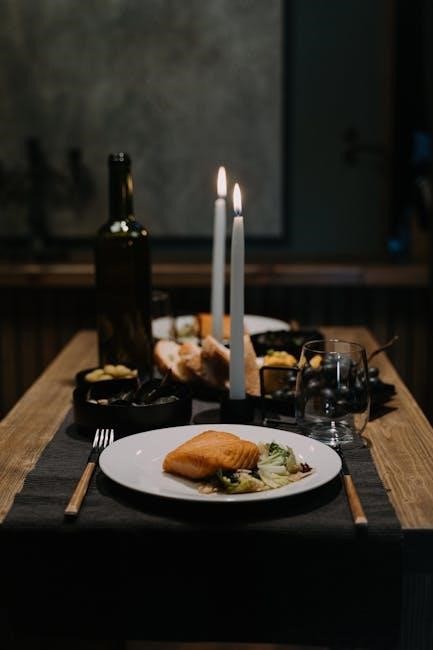
Care and Maintenance
Proper care ensures longevity. Wash linens in cold water on a gentle cycle, avoid harsh chemicals, and store neatly to prevent wrinkles. Address stains promptly for optimal fabric quality.
Washing and Cleaning Tips
Proper washing and cleaning are essential for maintaining table linens. Start by checking the fabric type—cotton, polyester, or linen—and follow specific care instructions. For most linens, wash in cold water using a mild detergent to prevent shrinkage and color fading. Avoid harsh chemicals or bleach, as they can damage fabrics. Gently remove stains before washing by treating them with a stain remover or white vinegar. Air-dry linens to prevent wrinkles and shrinkage, or tumble dry on a low setting if necessary. Iron while slightly damp for a crisp look, using appropriate heat settings based on fabric type. Regular cleaning ensures your table linens remain fresh and elegant for any occasion.
Storing Table Linens
Proper storage ensures table linens remain pristine and ready for use. Fold or hang linens to prevent creases, using breathable materials like cotton or linen bags to avoid moisture buildup. Store in a cool, dry place away from direct sunlight to prevent fading. Avoid plastic bags, as they can trap dampness and encourage mildew. Organize linens by size or occasion for easy access. Use dividers or labels to maintain order. Before storing, ensure linens are clean and dry to prevent stains from setting. Regularly inspect stored linens for signs of damage or pests. Proper storage extends the lifespan of your table linens.
Removing Stains
Act quickly to remove stains from table linens, as fresh spills are easier to treat. Blot spills with a clean cloth to absorb excess liquid. For most stains, apply a mild detergent or white vinegar directly to the spot, then rinse with cold water. Avoid using hot water, as it can set the stain. For tough stains like red wine or ink, pre-treat with a stain remover or laundry detergent before washing. Gently scrub the area and launder as usual. Always check the care label for specific fabric instructions to prevent damage. Prompt treatment ensures stains don’t become permanent, keeping linens looking their best.
Tools for Sizing
Utilize size charts and online calculators to simplify measuring and selecting the perfect fit for your table. Ensure precise measurements and optimal tablecloth fit with these essential resources.
Using a Size Chart
A size chart is an essential tool for determining the perfect tablecloth fit. Start by measuring your table’s dimensions accurately, then compare them to the chart. Align the table’s length and width with the corresponding sizes. Consider the desired drop length to ensure the tablecloth hangs evenly. Most charts provide standard sizes for round, square, and rectangular tables. Double-check the measurements to avoid sizing errors. Using a size chart simplifies the selection process and ensures a flawless fit for any occasion. It also helps in choosing the right fabric type and style to match your event’s aesthetic. This step guarantees a polished look for your table setting.
Online Calculators
Online calculators are a convenient and efficient way to determine the perfect tablecloth size. Simply input your table’s dimensions and desired drop length, and the calculator provides the ideal cloth size. These tools often cater to various table shapes, including round, square, and rectangular. They save time by eliminating manual calculations and reduce the risk of sizing errors. Many calculators also offer recommendations for fabric types and styles based on the occasion. By using an online calculator, you can ensure a precise fit and achieve a professional, polished look for your event. This modern solution simplifies the process of selecting the right table linen.
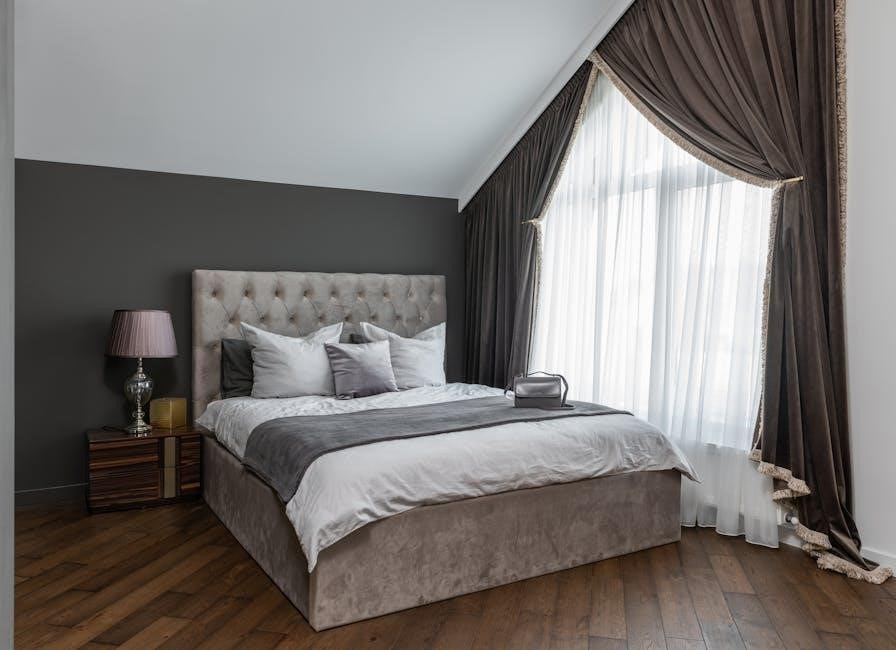
Frequently Asked Questions
Discover answers to common questions about table linen sizing, ensuring a perfect fit and enhancing your event setup with practical solutions and expert advice.
Common Sizing Mistakes
One of the most common mistakes is measuring the table incorrectly, leading to ill-fitting linens. Forgetting to account for the desired drop length is another error, resulting in linens that are too short or too long. Many people overlook the shape of their table, assuming a one-size-fits-all approach, which can cause uneven draping. Additionally, some individuals fail to consider the thickness of the table edges, affecting how the linen hangs. Others miscalculate the drop by adding it only once instead of doubling it for both sides. These oversights can ruin the aesthetic and functionality of the setup, so precision is key.
Troubleshooting Fit Issues
Troubleshooting Fit Issues
If your tablecloth doesn’t fit perfectly, check your measurements and calculations. Ill-fitting linens often result from incorrect table sizing or miscalculating the drop length. Ensure you’ve properly accounted for the desired drape and table shape. Fabric type can also affect fit, as some materials drape differently. If the cloth is too tight, consider a larger size, and if it’s too loose, opt for a smaller one. Double-check your math and remeasure the table to avoid errors. For uneven hangs, adjust for table shape irregularities or use clips to secure the fabric. Always verify your calculations with a size chart or online tool for accuracy.
Thank you for exploring our table linen size guide. Proper measuring, calculating drops, and choosing the right material ensure a flawless fit and elegant appearance for any occasion.
Final Tips for Perfect Fit
Ensure accuracy by double-checking measurements and drops. Consider fabric type and occasion to match style and durability. Use size charts or calculators for precise fits. For round tables, add diameter and double the drop. On rectangular tables, measure length and width separately. Fabric drape and overhang preferences can affect size choices. Store linens clean and dry to maintain quality. For complex setups, consult professionals or use online tools for customization. Proper care extends linen lifespan. Happy decorating with perfectly fitted table linens for every event!

